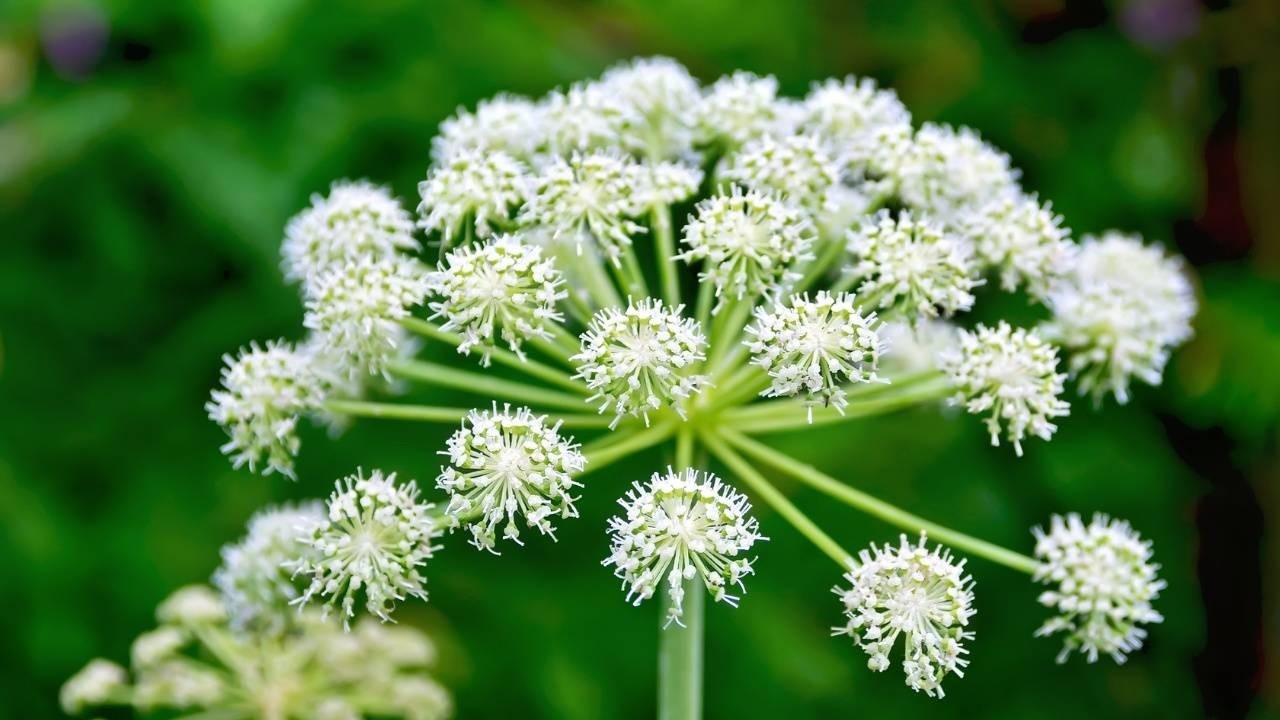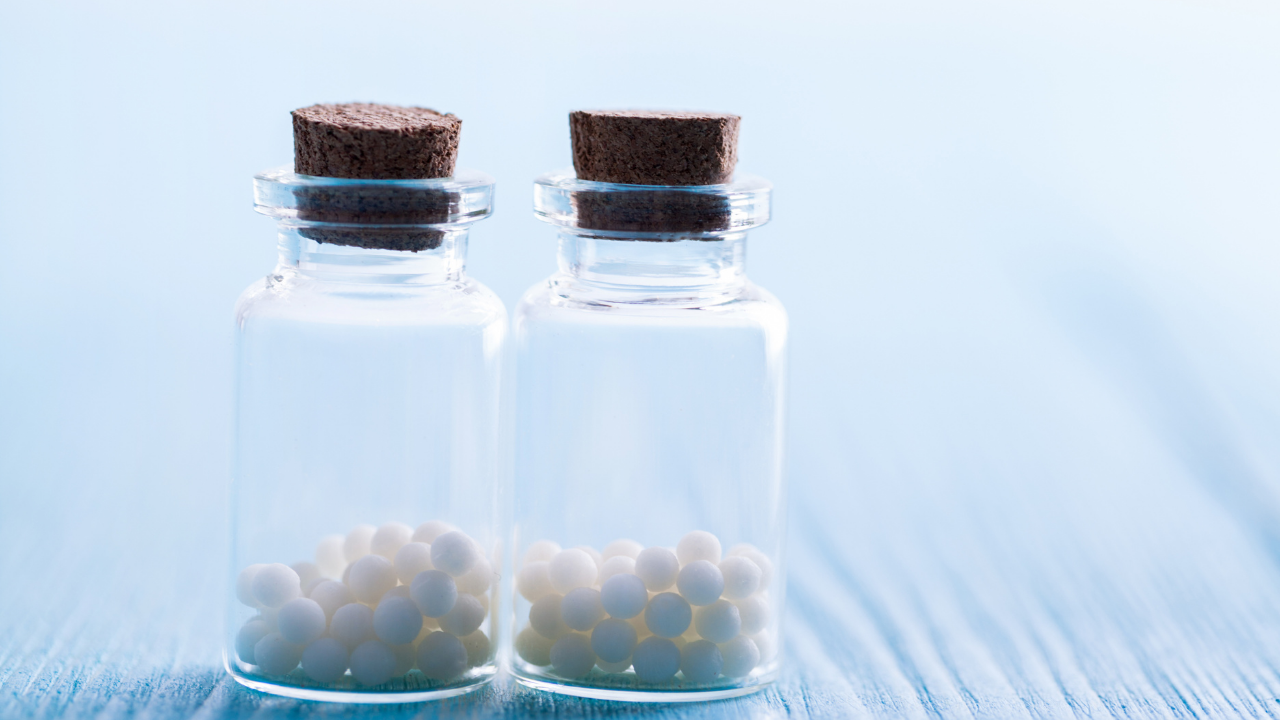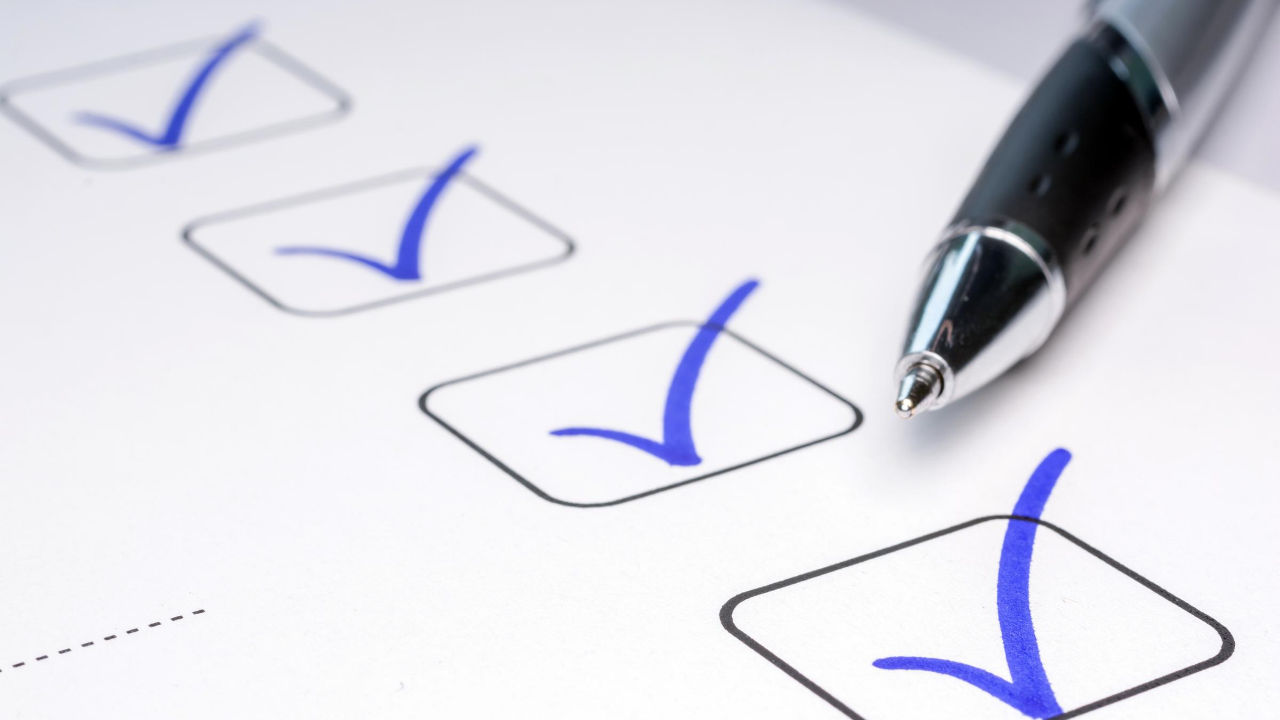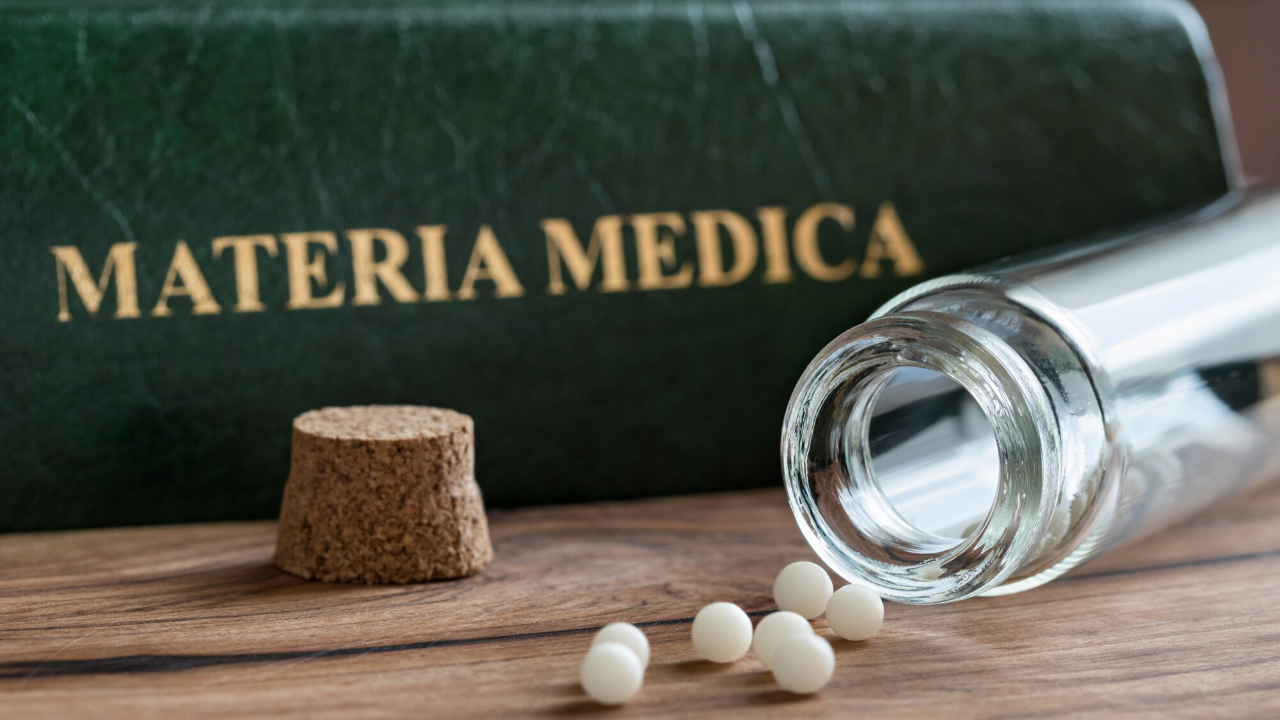Homeopathy Tips Newsletter
The Indications of Biochemic Cell Salts

Biochemistry is a foundational understanding of using body constituents to help the body heal. Its roots date back to 1832 where a statement was written in Stapf's Archiv: "All the essential component parts of the human body are great remedies." Another article in the same journal from 1846 reads, "All the essential component parts of the human body act on such organs principally where they have function."
It was in 1873 that Dr. Schuessler published his first article about the biochemical form of medicine. He identified a basic understanding about this medical view. It is based on three main principles.
- The human body contains twelve vital inorganic elements which are responsible for maintenance of normal cell function.
- When from some cause, one or more of these elements become deficient the normal cell function or metabolism is disturbed and a condition arises known as disease.
- By supplying to the system the lacking elements in the form of Schuessler Biochemic Remedies normal c ...
Understanding Cicuta Virosa

Over the course of the last 10 years, I have found that there are about 700 different remedies that I have prescribed. Some remedies only once and others much more often. But on occasion, there will be a time when after years of not prescribing a remedy, it will be indicated two or three times in one week. Each time this happens, I carefully examine myself for prejudice. But it seems there will be times when the energy of a remedy will be "in the air." This is a good time to learn more about a remedy. Lately, Cicuta Virosa has been coming around. Rather than repeat Materia Medica, I want to share some observations of cases of Cicuta.
Cicuta Virosa is commonly called Water Hemlock. It is very poisonous and even if a very small amount is ingested, it can lead to convulsions and death. Its most common homeopathic indications are convulsions from epilepsy causing stiffness, vomiting, and the head twisting to the side during convulsions.
In all the cases I have seen most recently, there h...
Treating Cats and Dogs

Animals respond well to homeopathy, just like humans. Those animals that we are custodians of, who live a life that is in close proximity to humans, seem to be a little easier to understand. Cats and dogs are the easiest animals to find remedies for, especially in western cultures. They can show emotions and temperament very similar to humans. With an observant owner and a little time, it is really quite easy to receive the cases of cats and dogs.
Cats and dogs show emotions and will reflect those of their owner. I believe that our domesticated animals who live with us are here to help us in our spiritual evolution. This benefits them in their spiritual evolution also. I find that our animals will hold our emotions and use them to further their spiritual evolution. They will take on our dis-eases and try to help us feel better. In doing so, many times they will express the dis-ease of their owners.
Receiving a cat or dog's case is not much different from receiving a human's case. I a...
Comparative Mind Rubrics

When receiving the case, it is often difficult to translate the person's suffering into the language of the repertory. Even more difficult is to understand the subtleties of the rubrics available to best define the symptom. We must be diligent in this process and becoming familiar with the mind section of the repertory is imperative.
Our client's mental and emotional suffering must be understood clearly. It is a good practice to really consider what the person is saying and ask open-ended questions for further clarification. Many times, this is enough to establish the feeling of the person in our minds. But if it is not, then having comparative rubrics to choose from really helps define the suffering. This should be learned by repeated study of the repertory and seeing many cases.
Here are a few mental rubrics that are very similar but have different meanings:
- Absent-minded; inattention of the mind without a fixation,
- Absorbed; with a fixation on one thought or subject.
- Abstract...
Low Potency Prescribing

There are many different ways to administer the remedy and potencies to choose from. One way that I have found very useful is low potency prescribing. Low potencies are any potency from the mother tincture to the 30C potency. The most common low potencies are in the X and C potencies. They usually start with the 3C or X and proceed in increments of threes ie., 3C, 6C, 9C, 12C, 15C, 18C, 21C, 24C.
The X potencies are cruder and are very good to use when there is a gross pathology. The X potencies are diluted 1 part of the original substance to 9 parts alcohol and water, then succussed. Because gross pathology usually involves inflammation or infection, the remedy may need to be given more often than one time per day. When the person is quite sick, it may be necessary to give the remedy hourly. If the remedy is given and there is a noticeable response, then it is best to wait until the symptom picture changes again and shows that the vital force has stopped acting. Then it is time to re...
Potency and Dosing

There are as many different ways to apply the potency and the dose in homeopathy as there are suffering people and homeopaths. Each homeopath has their own way they have either developed or been taught. The first rule that is universal to any correct prescription is to let the client tell you what you need to know to make a decision about potency and dosing. If you do not do this and there is a strict protocol you follow, then the beauty of the prescription will be lost. This is more akin to an allopathic approach and the likelihood of successful treatment will wane.
This requires the homeopath to be equally as observant of the client when determining the potency and dosage as when determining the remedy. Here are a few of the ideas I keep in mind when determining the potency and the dosage of the remedy.
The first question is, "Am I giving the remedy based on an acute expression or based on the current expression in relation to a chronic condition?" As always, we want to look to the...
Dealing With One-Sided Cases

Last week, we discussed two-rubric prescribing and the confusion in cases with many rubrics leading to many remedies. This week, let's dive into one-sided cases, some of the most difficult cases that come to homeopaths, the ones with very few symptoms. Hahnemann recognized this also and wrote about it in the Organon in Aphorisms 172 through 184. He described these cases as one-sided and are less amenable to cure. Let’s review each of the Aphorisms and really understand what he was sharing with us.
These Aphorisms are in common language and not from any translation. They are simple explanations of the content in layman's terms.
- Aphorism 172 – In reference to the cure of cases, Hahnemann recognized that some difficult cases are those with too few symptoms. In his described methods for removal of disease in previous Aphorisms, he told of the importance of the whole person and understanding the multitude of symptoms. But when there are few symptoms, the system for cure changes.
- Aphori...
Two Rubric Prescribing

When receiving a case, we often are given a lot of seemingly valuable information. As the person tells their story, we can end up with dozens of different symptoms that can be repertized. This can be an overwhelming amount of information, especially if repertizing by using books. With modern computer repertizing programs, it is easy to enter all of these symptoms and get many suggestions for remedies.
When we have a case that has so many rubrics, it will often leave us more confused. If we have chosen rubrics that have hundreds of different remedies under them, having to sift through so many remedy choices can be a daunting task. Often, we can narrow the list of possibilities down to six remedies or so if we have good knowledge of Materia Medica.
But when we have so many rubrics leading to so many remedies, we can miss the most vital part of the case. Most often Sulphur and the other leading polycrest remedies will be the most indicated. In the end, this will not lead to good remedy ...
Guidelines For Symptom Selection

The initial consultation is very important. The client comes with a big story of their suffering and their life. How we understand this as a homeopath is most important. We can only know the true portrait of their dis-ease by the symptoms they have. These can be objective as in physical observations or subjective as in the way a certain malady feels to the client. The most important task the homeopath has is to understand what is asking to be healed. Without symptoms, we could never know.
To understand symptoms, we must understand the difference between health and dis-ease. Without comparison, we could never perceive the most appropriate symptoms to select rubrics during repertization. One of the biggest mistakes in this process happens with the selection of common traits of a person that has aspects of the dis-ease but does not fully reflect what is asking to be healed. An example is a person who worries about their children. This is very common and may not be reflective of the core ...
Remedy Relationships

It is important to know about the remedies in our Materia Medica and their relationships. I often see a case improve dramatically with a given remedy but not go on to cure. With knowledge of remedy relationships, some of the more perplexing cases can be improved by giving a complementary remedy to the first remedy prescribed. It must always be that this second remedy is indicated and not just given routinely.
When you see a child with recurrent high fevers that yield to Belladonna but the fevers continue to reoccur, then often Calcarea Carbonica will be the chronic remedy for these acute states.
Natrum Muriaticum sustains the same chronic relationships to Apis and Ignatia. It stands to reason since Natrum Muriaticum shares many common themes to both of them. One can see the relationship of the crystalline structure of Salt and the crystalline structure of the honeycomb and crystallize of honey. Often it will be difficult to tell the difference in skin eruptions that have a similar ap...

